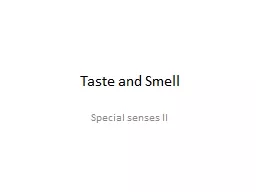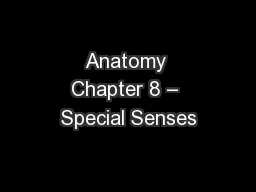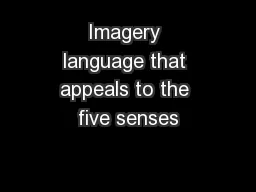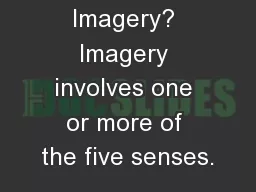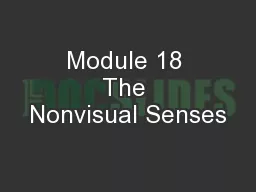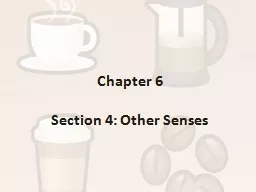PPT-Taste and Smell Special senses II
Author : studyne | Published Date : 2020-06-16
Ear Internal ear and Cochlea Cochlea cross section Auditory pathway Auditory cortex Determination of the Direction from Which Sound Comes A person determines the
Presentation Embed Code
Download Presentation
Download Presentation The PPT/PDF document "Taste and Smell Special senses II" is the property of its rightful owner. Permission is granted to download and print the materials on this website for personal, non-commercial use only, and to display it on your personal computer provided you do not modify the materials and that you retain all copyright notices contained in the materials. By downloading content from our website, you accept the terms of this agreement.
Taste and Smell Special senses II: Transcript
Download Rules Of Document
"Taste and Smell Special senses II"The content belongs to its owner. You may download and print it for personal use, without modification, and keep all copyright notices. By downloading, you agree to these terms.
Related Documents

